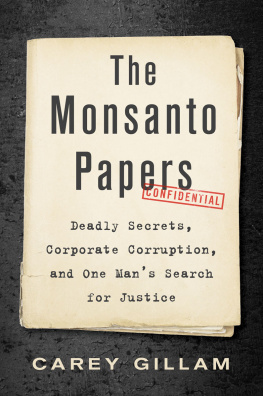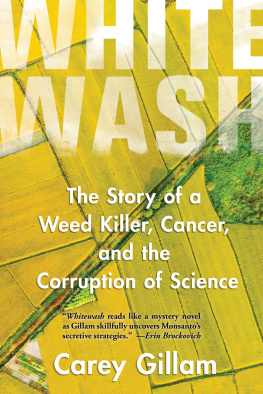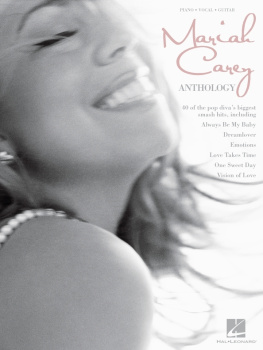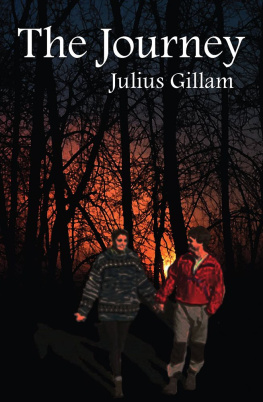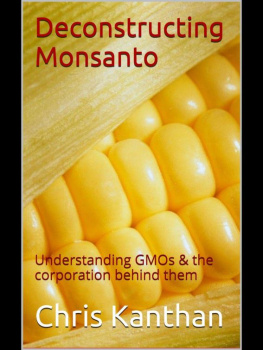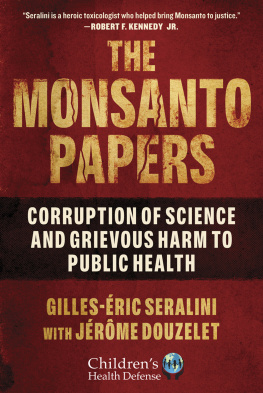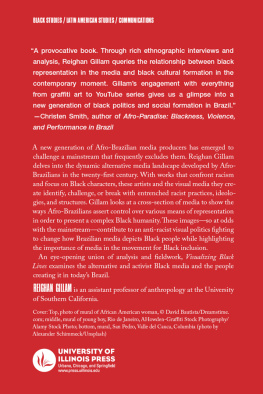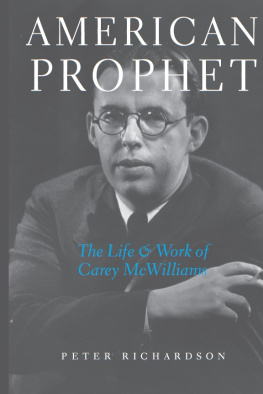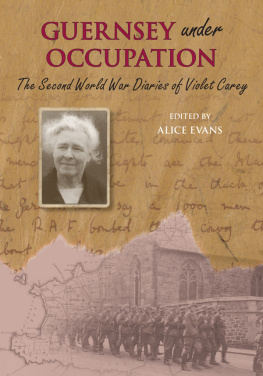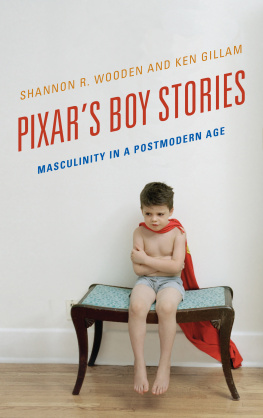Carey Gillam - The Monsanto Papers
Here you can read online Carey Gillam - The Monsanto Papers full text of the book (entire story) in english for free. Download pdf and epub, get meaning, cover and reviews about this ebook. year: 2021, publisher: Island Press, genre: Detective and thriller. Description of the work, (preface) as well as reviews are available. Best literature library LitArk.com created for fans of good reading and offers a wide selection of genres:
Romance novel
Science fiction
Adventure
Detective
Science
History
Home and family
Prose
Art
Politics
Computer
Non-fiction
Religion
Business
Children
Humor
Choose a favorite category and find really read worthwhile books. Enjoy immersion in the world of imagination, feel the emotions of the characters or learn something new for yourself, make an fascinating discovery.
- Book:The Monsanto Papers
- Author:
- Publisher:Island Press
- Genre:
- Year:2021
- Rating:3 / 5
- Favourites:Add to favourites
- Your mark:
- 60
- 1
- 2
- 3
- 4
- 5
The Monsanto Papers: summary, description and annotation
We offer to read an annotation, description, summary or preface (depends on what the author of the book "The Monsanto Papers" wrote himself). If you haven't found the necessary information about the book — write in the comments, we will try to find it.
The Monsanto Papers — read online for free the complete book (whole text) full work
Below is the text of the book, divided by pages. System saving the place of the last page read, allows you to conveniently read the book "The Monsanto Papers" online for free, without having to search again every time where you left off. Put a bookmark, and you can go to the page where you finished reading at any time.
Font size:
Interval:
Bookmark:
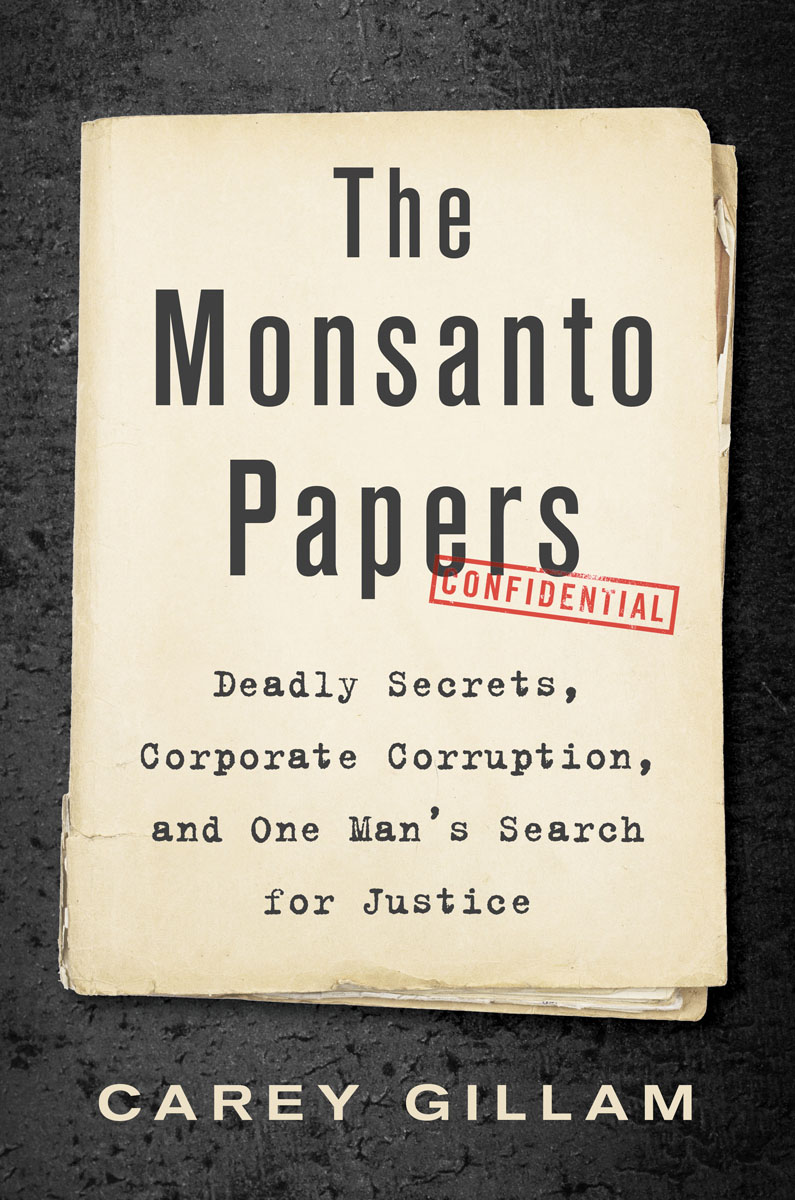
About Island Press
Since 1984, the nonprofit organization Island Press has been stimulating, shaping, and communicating ideas that are essential for solving environmental problems worldwide. With more than 1,000 titles in print and some 30 new releases each year, we are the nations leading publisher on environmental issues. We identify innovative thinkers and emerging trends in the environmental field. We work with world-renowned experts and authors to develop cross-disciplinary solutions to environmental challenges.
Island Press designs and executes educational campaigns, in conjunction with our authors, to communicate their critical messages in print, in person, and online using the latest technologies, innovative programs, and the media. Our goal is to reach targeted audiencesscientists, policy makers, environmental advocates, urban planners, the media, and concerned citizenswith information that can be used to create the framework for long-term ecological health and human well-being.
Island Press gratefully acknowledges major support from The Bobolink Foundation, Caldera Foundation, The Curtis and Edith Munson Foundation, The Forrest C. and Frances H. Lattner Foundation, The JPB Foundation, The Kresge Foundation, The Summit Charitable Foundation, Inc., and many other generous organizations and individuals.
The opinions expressed in this book are those of the author(s) and do not necessarily reflect the views of our supporters.

Island Presss mission is to provide the best ideas and information to those seeking to understand and protect the environment and create solutions to its complex problems. Click here to get our newsletter for the latest news on authors, events, and free book giveaways.

2021 Carey Gillam
All rights reserved under International and Pan-American Copyright Conventions. No part of this book may be reproduced in any form or by any means without permission in writing from the publisher:
Island Press, 2000 M Street, NW, Suite 650, Washington, DC 20036.
ISLAND PRESS is a trademark of the Center for Resource Economics.
Library of Congress Control Number: 2020944651
All Island Press books are printed on environmentally responsible materials.
Manufactured in the United States of America
10 9 8 7 6 5 4 3 2 1
Keywords: Aimee Wagstaff, agrochemicals, Bayer AG, Brent Wisner, carcinogenic chemicals, genetically modified organisms (GMOs), Dewayne Johnson, glyphosate, herbicide, International Agency for Research on Cancer (IARC), Mike Miller, non-Hodgkin lymphoma (NHL), personal injury lawsuit, pesticide resistance, plaintiffs attorneys, Roundup, Tim Litzenburg, weed killer
This book is dedicated to the countless men and women stricken with cancer I have come to know in the course of researching and writing this book, people who have trusted me with their stories of suffering, fear, rage, and yes, hopealways hope.
Enjoy the good times because you never know when the bad times are coming.
Dewayne Anthony Lee Johnson

But man is a part of nature, and his war against nature is inevitably a war against himself.
Rachel Carson
In English, the French phrase crve coeur translates as broken heart. Legend has it that Creve Coeur Lake, near St. Louis, Missouri, was named in honor of a young Indian princess who fell in love with a French fur trapper. Despite her best efforts, she failed to win his affection, and, as the story goes, the grieving princess killed herself by leaping from a ledge into the lake. Legend says the body of water was filled with so much sadness that it formed itself into the shape of a heart split in two.
That fabled heartbreak proved to be a dark precursor to the saga of real suffering that came to be attached to the area as a company called Monsanto made the city of Creve Coeur its home base. Monsanto Companys growth into a global purveyor of questionable chemicals and altered seeds would lead many to blame it for decades of death and despair.
When Creve Coeur was incorporated in December of 1949, it was a quiet community of fewer than two thousand residents. But by the turn of the century, the city was a hub for innovation and business, with median home prices double the national average. Young professionals and retirees alike were drawn to the suburb for its abundance of parks, restaurants, and highly rated public schools, its low crime rate, and its moderate political views.
The community grew alongside Monsanto, which moved from downtown St. Louis to Creve Coeur in 1957. The company made its home on a sprawling property with sleek black office buildings, glasstopped greenhouses where plant experiments were conducted, and an assortment of high-tech laboratories where teams of scientists labored. Dense groves of trees and guard gates kept curious outsiders at bay.
Monsanto employed more than five thousand full-time staff in the St. Louis area and many more thousands around the state of Missouri and the world. The company was known as a generous benefactor, funneling millions of dollars into community and education programs and research grants at universities. Its name would come to adorn the buildings of many prominent local institutions, such as the Missouri Botanical Gardens research facility, the Saint Louis Zoos Insectarium and Education Gallery, and various facilities at the areas universities. Washington University, a private research university in St. Louis named for President George Washington, received more than $100 million in research gifts; the Monsanto Laboratory of the Life Sciences was the first building on its St. Louis campus to be named after a corporation. Monsantos rich donations to biological sciences research at the university sparked fear in the 1980s and 1990s that the integrity of academic research might be compromised. But company and university officials claimed the research remained free of undue corporate influence.
Founded in 1901 by John F. Queeny, whose wife, Olga Mendez Monsanto, was the companys namesake, Monsanto began as a maker of the artificial sweetener saccharin. The company later expanded into manufacturing such things as sulfuric acid, polychlorinated biphenyls (PCBs), plastics, and an insecticide called dichlorodiphenyltrichloroethane, better known as DDT. In the 1960s, Monsanto was a supplier of Agent Orange, a chemical defoliant used during the Vietnam War by US troops to kill vegetation that provided hiding places for enemy soldiers. Agent Orange was eventually found to be linked to cancers, birth defects, and a range of human health problems. Many of the companys other products and practices would later prove dangerous as well. The city of Anniston, Alabama, became so polluted from a Monsanto PCB plant that residents won a $700 million settlement in 2003. Residents said the company knew about the toxic effects of PCBs for decades but did nothing to protect their health or to protect the areas water and soil from contamination.
Monsanto may be best known for its introduction in the 1970s of a weed-killing chemical called glyphosate. Company chemists combined glyphosate with water and other ingredients designed to help the chemical be absorbed into plant tissue, where it would quickly kill the plant. One ingredient, a surfactant called polyethoxylated tallow amine (POEA), was combined with glyphosate in a product Monsanto dubbed Roundup. The formulation poisoned plants so effectively that it became a hot seller not just in the United States but also in many other countries.
Next pageFont size:
Interval:
Bookmark:
Similar books «The Monsanto Papers»
Look at similar books to The Monsanto Papers. We have selected literature similar in name and meaning in the hope of providing readers with more options to find new, interesting, not yet read works.
Discussion, reviews of the book The Monsanto Papers and just readers' own opinions. Leave your comments, write what you think about the work, its meaning or the main characters. Specify what exactly you liked and what you didn't like, and why you think so.

